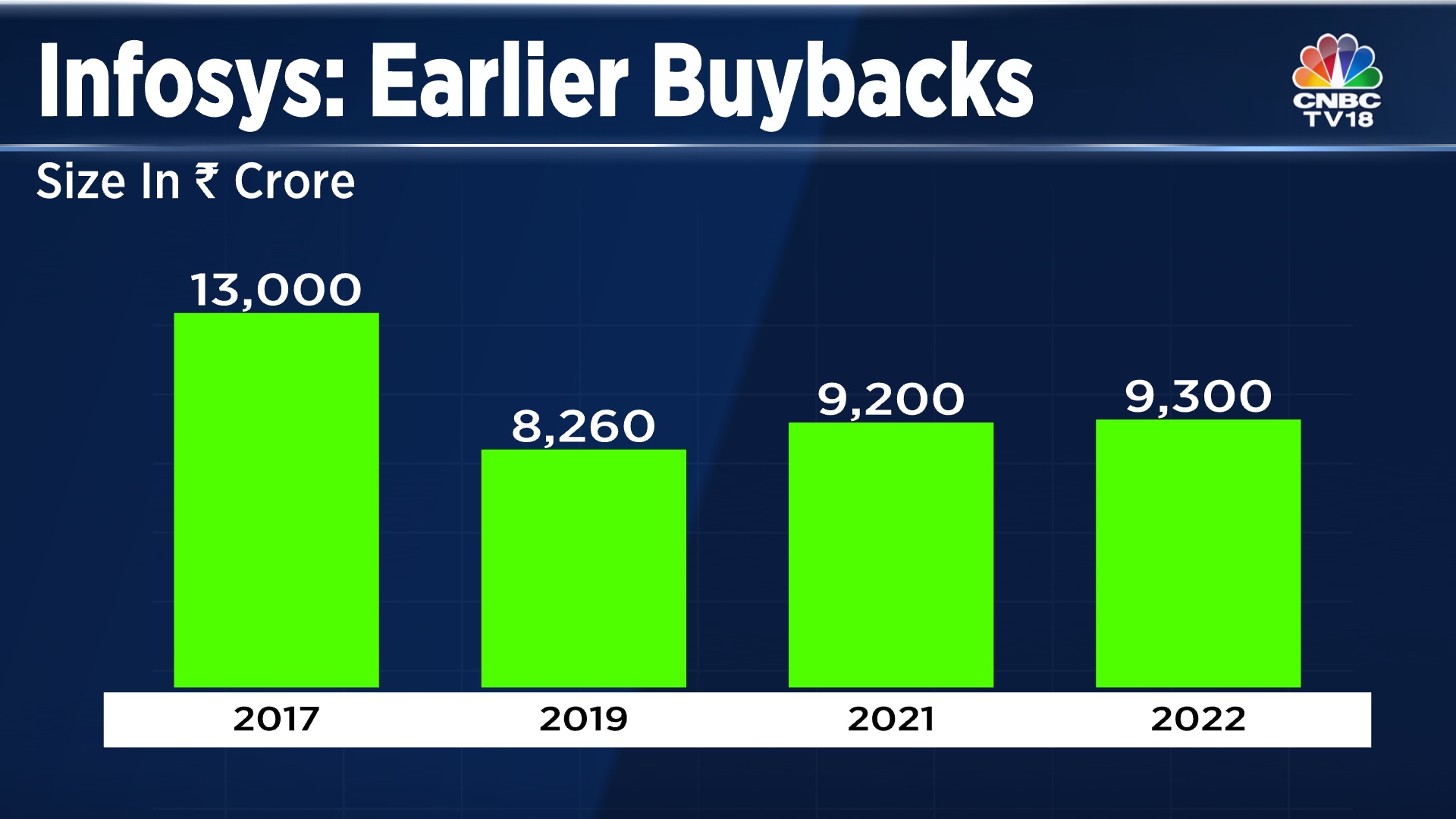
We provide our members with courses of all different trading levels and topics. Our content is packed with the essential knowledge that’s needed to help you to become a successful trader. On our site, you will find thousands of dollars worth of free online trading courses, tutorials, and reviews.
Investor Services
However, a company might cut its dividends to preserve cash if the economy slows. By buying back fewer shares, and achieving the same preservation of capital as a dividend cut, the stock price would likely take less of a hit. Critics of buybacks argue that the practice represents taking away resources that would be better spent on employee wages and benefits or investments that could lead to more jobs later.
How do Stock Buybacks impact stock prices?
But perhaps the best rebuttal of buyback criticism is the fact that almost all companies that pursue large buybacks have free cash flow (FCF). This means that all the buyback money is “free” to be spent after all expenses and capital expenditures have already been deducted from operating cash flow. First, all the share buyback activity provides a natural buyer in the market that keeps the price elevated. That in turn increases return on assets, because the company’s assets (cash) have been reduced. Return on equity will also rise, because there’s less outstanding equity.
Why would a company buy back shares?

Stock buybacks can influence stock price, leading to an increase in demand for the remaining shares, potentially driving up the price. Stock buybacks can have varying effects on shareholders, depending on factors such as the investor’s time horizon and the company’s financial performance. The SEC closely monitors stock buybacks to ensure that companies do not engage in market manipulation or other illegal activities. In a tender offer, a company offers to buy back a specific number of shares at a predetermined price, usually higher than the current market price. Stock buybacks can signal to the market that a company’s management believes its stock is undervalued and has confidence in the business’s future performance.
- A well-run company would typically buy its own stock with cash left over from operations or with debt that it could comfortably repay.
- A stock buyback is a corporate action in which a company purchases its shares from the market, reducing the total number of outstanding shares.
- There are several ways in which a company can return wealth to its shareholders.
- Our watch lists and alert signals are great for your trading education and learning experience.
- They can delay or change a stock buyback program should circumstances call for it.
Shareholders are invited to tender their stock, if they desire, at any price within the stated range. If the number of shares tendered exceeds the number sought, then the company purchases less than all shares tendered at or below the purchase price on a pro rata basis to all who tendered at or below the purchase price. If too few shares are tendered, then the firm either cancels the offer (provided it had been made conditional on a minimum acceptance), or it buys back all tendered shares at the maximum price. Since stock buybacks remove cash from a company’s balance sheet and potentially reduce the number of shares outstanding, they can have a wide impact on the key metrics investors use to value a public company. Share buybacks are generally less risky than investing in research and development for new technology or acquiring a competitor. In addition, investors typically see share buybacks as a positive sign for appreciation in the future.
What are Stock Buybacks?
Stock buybacks are not commonly understood, and they tend to elicit mixed opinions among investors. Some see buybacks as an opportunity for share value growth, while others see it as stock price manipulation. Stock buybacks were, in fact, illegal for most of the 20th century—until 1982, when the Securities and Exchange Commission (SEC) green-lighted the practice. Legendary investor Warren Buffett has commented income tax return frequently on the merits of share repurchases over the years and has called their disciplined use the surest way for a company to use its cash intelligently. For example, newly public thrift banks regularly repurchase stock as a way to create value for shareholders, and investors expect them to do so. The track record here is excellent, as these banks go on to be acquired at much higher prices.
If the business pays out the same amount of total money to shareholders annually in dividends and the total number of shares decreases, each shareholder receives a larger annual dividend. If the corporation grows its earnings and its total dividend payout, decreasing the total number of shares further increases the dividend growth. Shareholders expect a corporation paying regular dividends to continue doing so. Much like a dividend, a stock buyback is a way to return capital to the shareholder. A dividend is essentially a cash bonus equal to a percentage of an investor’s total stock value; however, a stock buyback will require the investor to surrender stock to the company to receive cash. Those shares are then removed from circulation and taken off the market.
This reduces the number of shares available on the market, which can increase the earnings per share (EPS) and boost the stock’s price. Firstly, some part of profits can be distributed to shareholders in the form of dividends or stock repurchases. The remainder of profits are retained earnings, kept inside the company and used for investing in the future of the company, if profitable ventures for reinvestment of retained earnings can be identified. However, sometimes companies may find that some or all of their retained earnings cannot be reinvested to produce acceptable returns. There are various ways in which profitable companies can return money to their shareholders, the most common of which are dividend payments. An alternate way is stock buyback (or share repurchasing), in which a company reacquires its own stock.